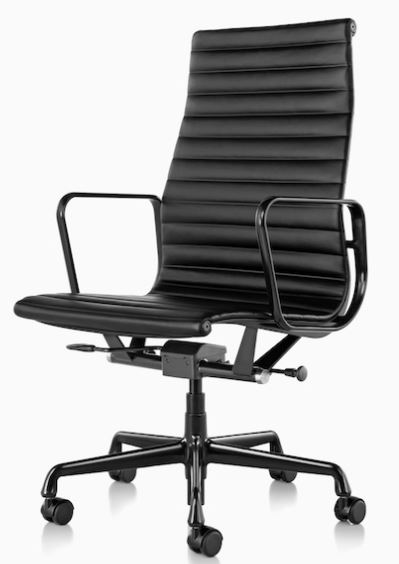Riding On Coat-tails, Doesn’t Come Free: UK High Court Awards Additional Damages for Oh Polly’s Flagrant Infringement of House of CB’s Unregistered Design Rights
On 24 February 2021, the UK High Court found that a number of Oh Polly dress designs had infringed the unregistered design rights of its competitor, House of CB. This recent decision confirms the risk of additional damages being awarded if infringers flagrantly copy third party designs, whilst also confirming the difficulties brand owners face in bringing passing off actions based solely on copycat designs.
Read More

